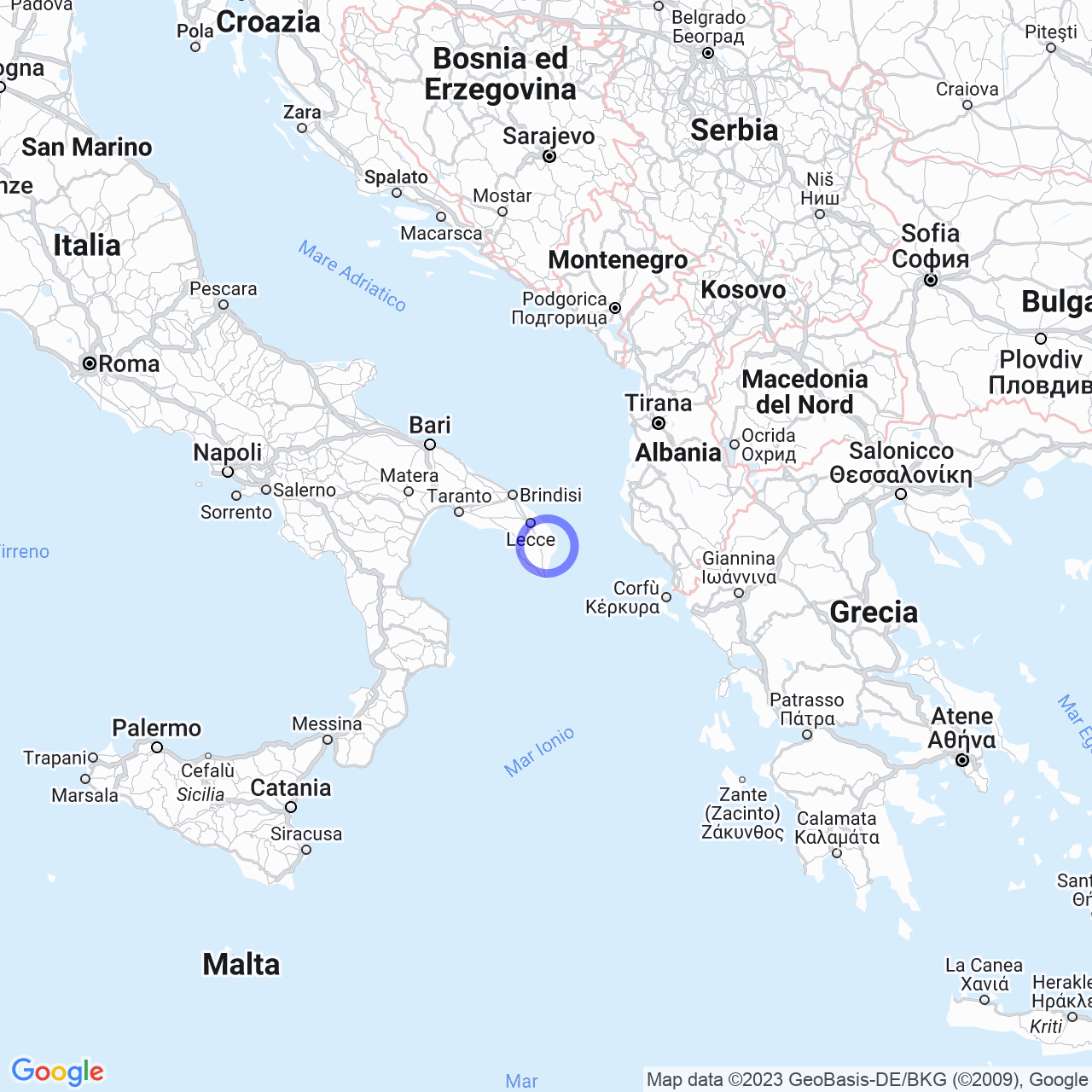Palmariggi
Welcome to Palmariggi, a journey to discover the Puglia municipality
Hello everyone! Today we will talk about Palmariggi, a municipality in the province of Lecce in Puglia, located in the central-eastern part of Salento. With its 1379 inhabitants and a territory of 8.78 km², Palmariggi is a quiet village immersed in the Salento countryside, which still preserves the tradition of dry stone walls to delimit properties.
Physical geography
The territory of Palmariggi is mainly flat, with slight rocky elevations belonging to the Salento mountains. The village extends between 65 and 106 meters above sea level, which is typical of the area. The countryside around Palmariggi is rich in secular olive groves, which create a charming and authentic landscape. In the northeast of the village, the naturalistic area of Montevergine's Serra develops, a vast area of pine forest and Mediterranean scrub. Palmariggi also has a characteristic karstic soil, demonstrated by the presence of sinkholes such as the Madonna del Monte Abyss.

It borders some municipalities of the province of Lecce
Palmariggi borders to the north with the municipalities of Cannole and Bagnolo del Salento, to the east with the municipalities of Otranto and Giurdignano, to the south with the municipality of Giuggianello, and to the west with the municipalities of Muro Leccese and Maglie. The seismic zone is very low, class 4, as established by the PCM ordinance n. 3274 of 20/03/2003.
Mediterranean climate
The climate of Palmariggi is a Mediterranean type, with mild winters and hot and humid summers. The average temperature during January is around +9 °C, while that of August reaches +24.7 °C. Frequent rains mainly occur in autumn and winter, while spring and summer are characterized by periods of drought. In addition, windiness is influenced by cold Balkan currents and warm African currents.
Origins of the name
The name "Palmariggi" is linked to a miraculous event that occurred after the Battle of Otranto against the Ottoman Turks. The inhabitants of the San Nicola hamlet invoked the protection of the Madonna, who appeared, holding a palm, followed by an army. The Turks, fearing the arrival of the army led by Duke Alfonso II of Naples, fled, and the population was saved. In honor of the Madonna who held the palm, the village changed its name to Palmarice, then Palmaricce, and finally Palmariggi.
History
The first evidence of the human settlement in Palmariggi dates back to the Bronze Age, with the presence of menhirs and dolmens in the territory. In the Middle Ages, the village developed as a populated nucleus, and the first certain news dates back to 1269 when Charles I of Anjou divided the feudal territory, granting one half to Giovanni Garzia de Lombier.
Places of interest
Palmariggi is a village rich in history and tradition, and there are many testimonies of the past that deserve to be visited. First of all, the historic center, built-in Lecce stone, offers a unique and authentic atmosphere. The Chiesa Matrice is another gem located right in the center of the village.
If you want to enjoy nature, the naturalistic area of Montevergine's Serra is the perfect place for walks and picnics in the middle of nature. In addition, the landscape of secular olive groves around the village is enchanting, and we recommend taking a stroll to admire it.
Cuisine and wine
The cuisine of Palmariggi is typical of Salento, with tasty and simple dishes. The flagship dish is pasta with turnip greens, a classic of Salento cuisine, but mashed fava beans with chicory is also a specialty to try absolutely. In addition, the local wine, Negroamaro, is a red wine with an intense and decided flavor that blends perfectly with traditional dishes.
Conclusions
Here is our journey to discover Palmariggi, a Puglia municipality immersed in nature and tradition. An authentic place where history and nature blend in a unique and charming landscape. Do not hesitate to visit Palmariggi, a corner of Puglia still little known but deserves to be discovered!
